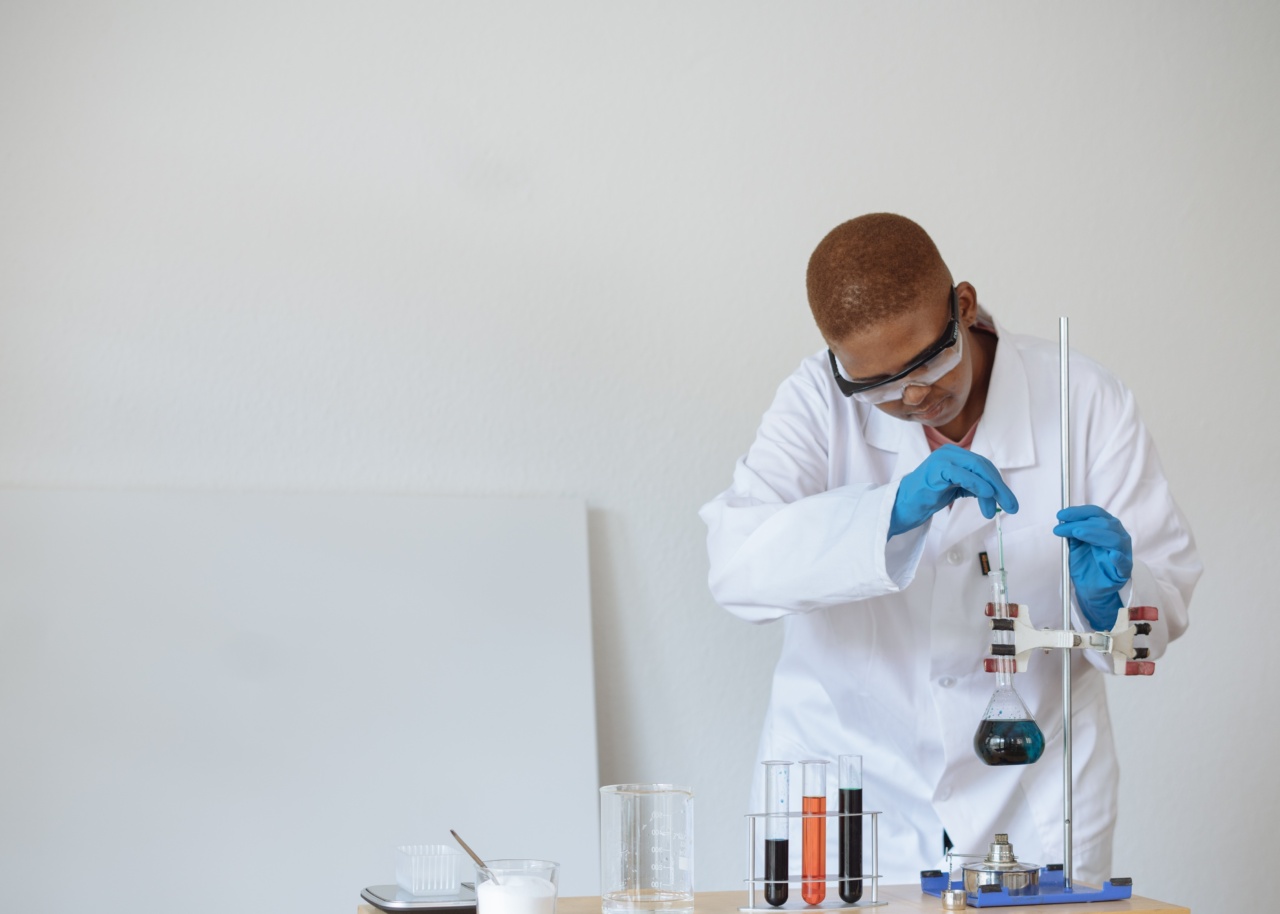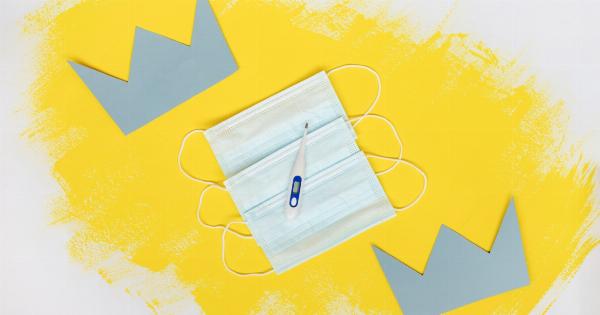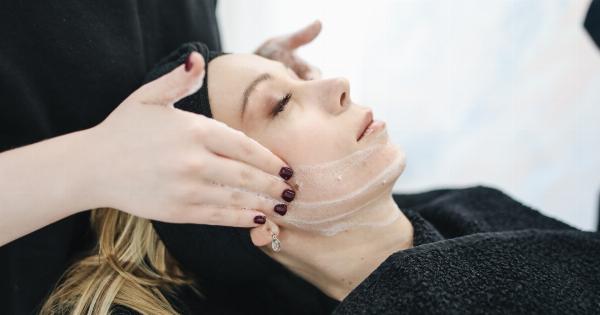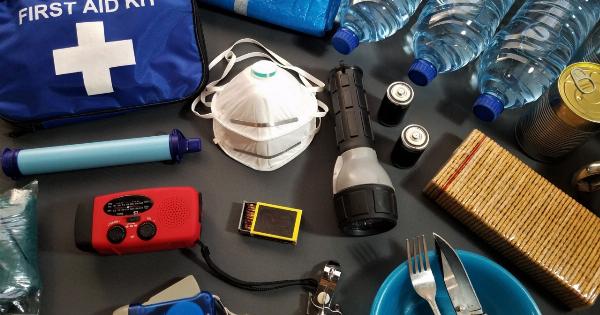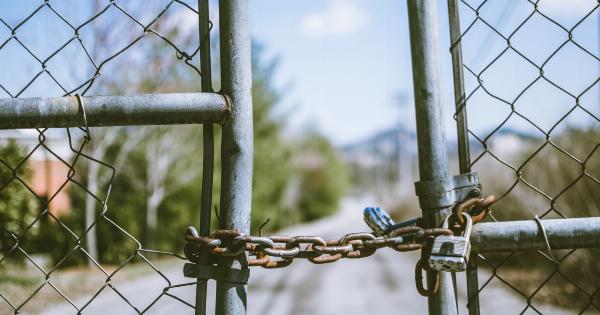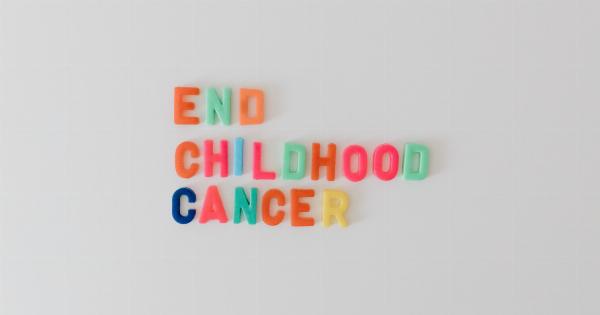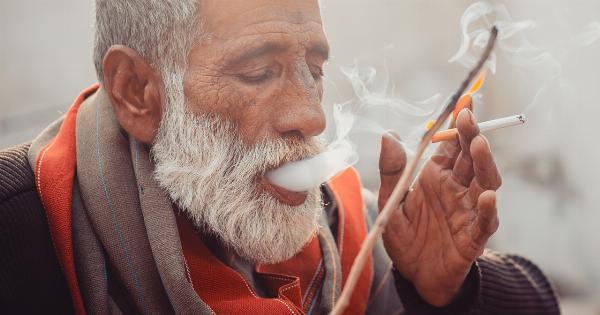For many, shaving or removing pubic hair has become a common practice. However, this act could lead to serious health risks. The trend of shaving or waxing down there has become popular, especially among younger generations.
However, it is crucial to be aware of how these practices impact our health.
Increased Risk of Infections
Removing pubic hair causes micro-abrasions on the skin, opening it up to infections. The hair acts as a barrier to prevent the spread of bacteria and infections.
When the hair is removed, the skin becomes more vulnerable to bacteria and viruses, such as herpes and human papillomavirus (HPV). According to a study, people who removed all of their pubic hair were 440% more likely to contract an STI than those who did not remove their hair. Therefore, it is essential to be cautious when it comes to shaving or waxing down there.
Ingrown Hairs
Ingrown hairs are common when it comes to pubic hair removal. When the hair grows back, it can curl or grow sideways, causing the hair to get trapped under the skin. This can lead to redness, bumps, and in some cases, even an infection.
Ingrown hairs can be painful and uncomfortable, especially if they become infected. Some people may even develop a cyst because of ingrown hairs. Therefore, it is essential to take extra care while shaving to prevent ingrown hairs.
Genital Warts
Genital warts are caused by the human papillomavirus (HPV). Removing any pubic hair increases the risk of contracting the virus because it makes it easier for the virus to enter the body. Shaved or waxed skin is more susceptible to the virus.
The virus can lead to the development of warts on the genital area. Warts are often painful, itchy, and can make sexual activity painful. Therefore, it is important to take preventive measures if you choose to remove your pubic hair.
Folliculitis
Folliculitis is a skin condition that affects the hair follicles. This can occur when hair removal methods are not done correctly. When the hair is removed, the hair follicles can become infected, inflamed, and pus-filled.
Folliculitis can cause redness, itching, and pain. Therefore, it is important to take extra care and follow proper hygiene care when shaving or waxing down there.
Development of Acne
Acne can develop in the pubic area after hair removal. This is because hair removal irritates the skin, making it more vulnerable to developing acne. Acne can cause redness, swelling, and pain. Acne can also lead to scarring.
Therefore, it is essential to wash the area carefully and avoid using harsh, fragranced products in the pubic area.
Increased Risk of Cuts and Burns
The pubic region is a sensitive and delicate area. Shaving or waxing down there can increase the risk of cuts and burns. Cuts can become infected, leading to more significant health problems.
Burns can also cause significant damage to the skin, leading to scarring. To avoid cuts and burns, it is crucial to use proper equipment and be extra cautious while shaving or waxing.
Increased Sweating
Sweat glands are present in the pubic region. Removing pubic hair can lead to increased sweating, which can lead to skin irritation and rashes. The pubic hair acts as a barrier and helps to regulate body temperature.
Therefore, hair removal can lead to discomfort and skin irritation.
Pubic Lice Infestation
Pubic lice infestation is a common problem for people who remove their pubic hair. The hair acts as a natural barrier to prevent lice infestation.
The removal of pubic hair can lead to an infestation of pubic lice, which can make the pubic region very itchy. Therefore, it is crucial to be aware of this potential risk and take steps to avoid it.
Conclusion
Shaving down there has become a popular trend, but it is not without health risks.
The removal of pubic hair can lead to various health problems such as infections, ingrown hairs, genital warts, folliculitis, acne, cuts and burns, increased sweating, and pubic lice infestation. Therefore, it is critical to take extra care and be aware of the potential risks if you choose to remove your pubic hair.
